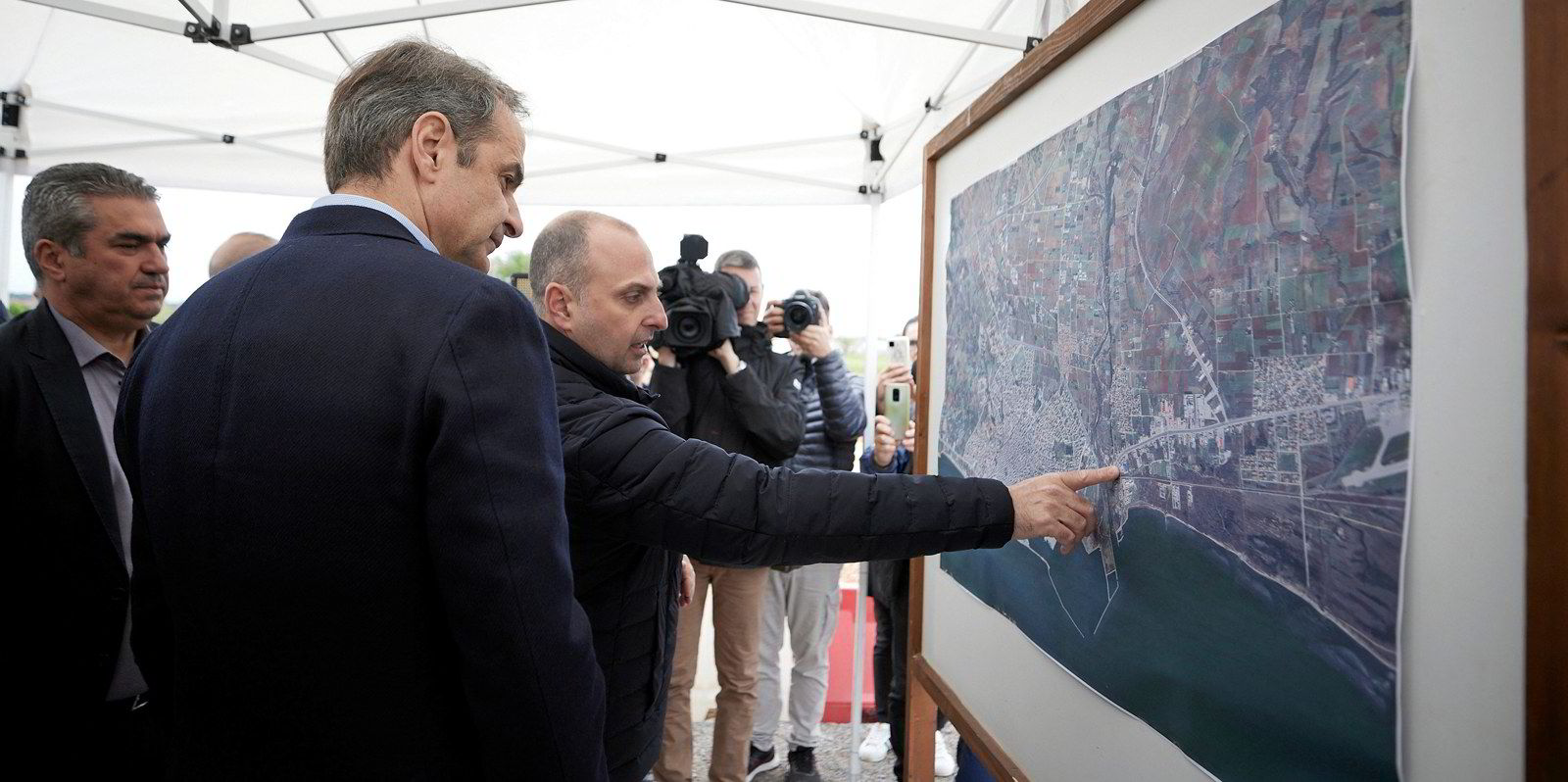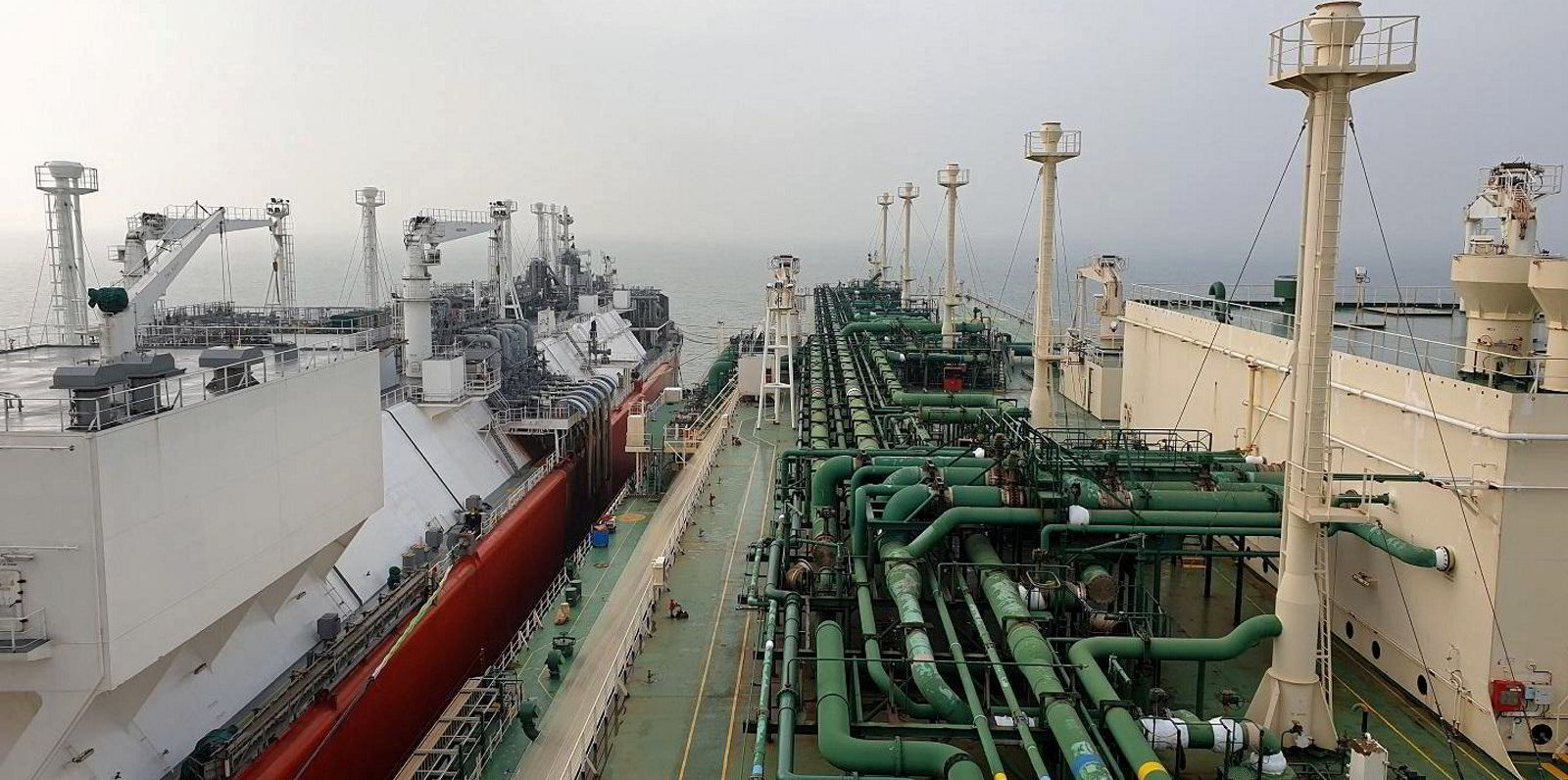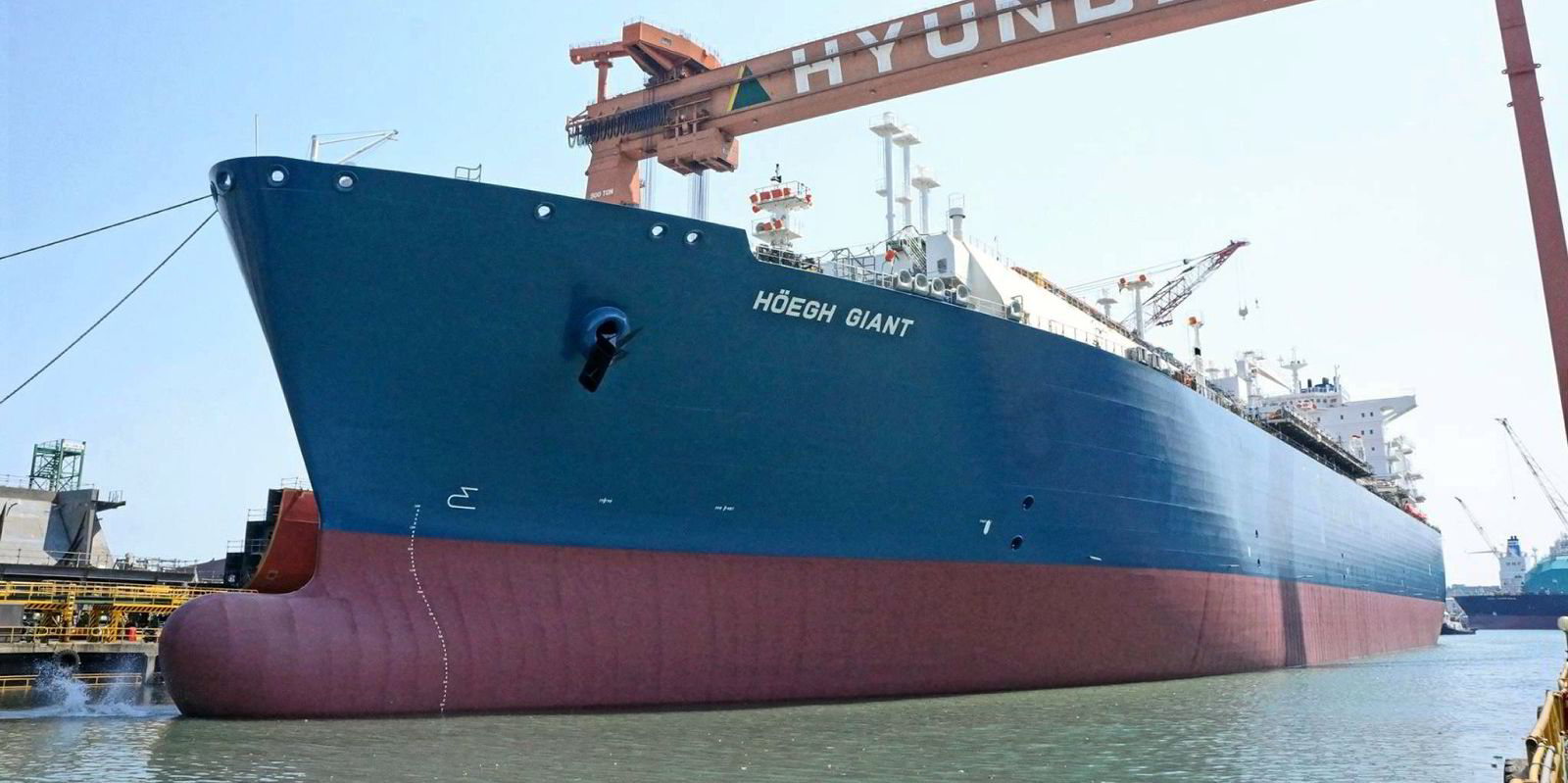Floating LNG storage and distribution can be one of the quickest options to form an LNG import infrastructure, which makes it a desirable enabler to bring gas into a country.
The solutions it offers could also pave the way for imports of future fuels as they become available.
Floating storage and regasification units — FSRUs — have long been used as a medium for supplying gas to thermal power plants, backup gas network supplies and road tanker trucks for distribution to businesses and communities to name a few.
But now, like never before, the supply of gas is at the forefront of most of Europe’s minds.
The FSRU has become an object of much desire for all coastal European nations as the quickest way to secure their energy independence, and there is a scramble to secure any floating storage unit available on the market.
The clearest differentiator between utilising FLNG solutions and developing a traditional LNG terminal is the vastly reduced infrastructure. Most of the LNG infrastructure, such as the loading, storage, regasification and pumping, are all encompassed in the FLNG unit.
At a traditional terminal, the LNG carrier will come alongside the jetty fitted with marine loading arms, and then transfer the LNG for storage in onshore tanks for it to be re-gassed onshore.
This infrastructure takes a considerable time to build and requires a substantial area of land in reasonably close proximity to a suitable coastal location for the jetty.
Considering the current state of gas supply to Europe, time is of the essence.
Now, compare that with the infrastructure for an FSRU, only the mooring location and offloading pipework need to be constructed to allow the import of gas to a nation.
The FSRU could be located at a quayside or nearshore jetty, or alternatively moored some distance from shore. This gives greater flexibility for locating the gas import location at sites with difficult or unsuitable geography or bathymetric characteristics.
The scalability of an FSRU solution is again simpler logistically and physically to upgrade should the demand for gas increase.
The FSRU can be swapped out for a larger size unit, moored and connected to the import infrastructure. The same upgrade onshore would include the construction of more storage tanks and upgrade of the gas-handling system, all of which will require more shore real estate.
The global market also needs LNG in smaller parcels for power generation and terminal networks supplying communities that might be isolated from major hubs, particularly island nations, and coastal and inland communities.
Virtual gas pipelines enable gas to be delivered to users without the need for a fixed, static pipeline. Lower cost and flexibility are also key benefits.
There are many such projects across regions including China, South East Asia, Australia, the Americas and India, all of which require a flexible approach to distributing LNG between the source and the user through a combination of elements, dependent upon the specific situation. Leveraging rail, road and waterways, virtual pipelines provide a scaleable and modular means of enabling the reliable distribution of natural gas.
LNG infrastructure can also be upgraded for other cryogenic substances when the time comes as the requirements are similar. Future-proofing is essential to ensure systems built now will not be redundant down the line.
Getting the infrastructure right now means getting flexible solutions in place that allow for the evolution of projects in the long term.
The world currently sees LNG as a transition fuel until hydrogen or ammonia comes online, however, there is a growing availability of renewable natural gas. It could be argued that this means LNG may have evolved from a transition fuel to a destination fuel.
It is my opinion that FLNG solutions are one of the quickest, most effective, and most efficient ways of creating an LNG import and gas supply infrastructure for nations with coastal access.
James Smith is a senior consultant with marine
engineering design specialists Houlder
Do you have an opinion to share?
Email: news@tradewindsnews.com






